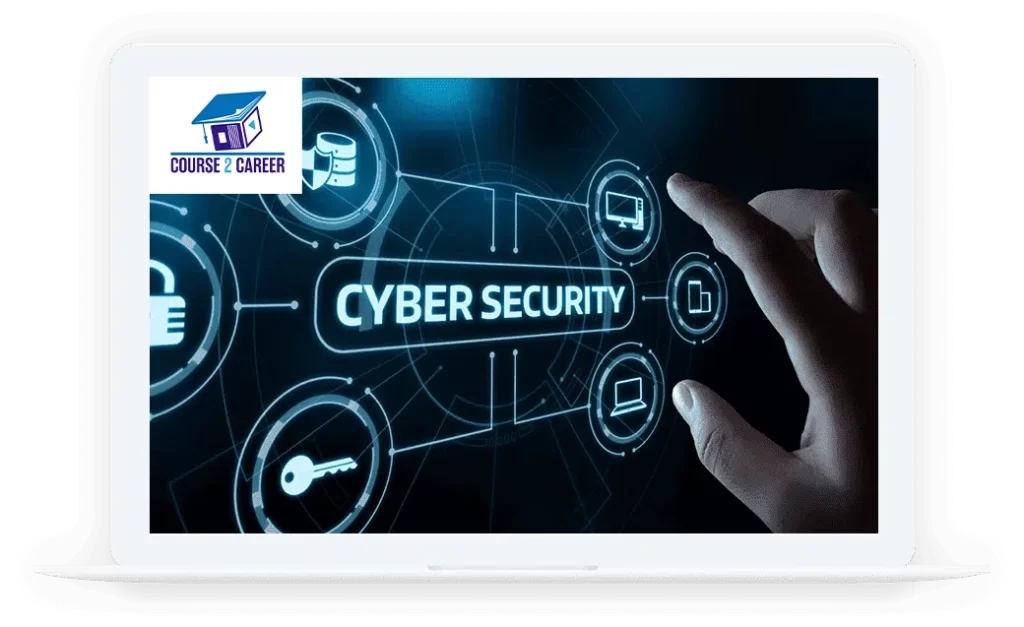In the fast-paced digital era, businesses are increasingly vulnerable to cyber threats that can compromise sensitive information and disrupt operations. Protecting your business from cybercrime is not only essential for maintaining trust with customers but also crucial for safeguarding your valuable assets. Here’s a comprehensive guide to fortify your business against cyber threats:
1. Employee Training and Awareness:
– Educate employees about the importance of cybersecurity.
– Conduct regular training sessions on identifying phishing emails and social engineering attacks.
– Foster a culture of vigilance to create a united front against potential threats.
2. Implement Strong Password Policies:
– Enforce complex password requirements.
– Encourage regular password updates.
– Consider implementing multi-factor authentication for an additional layer of security.
3. Secure Network Infrastructure:
– Regularly update and patch software to address vulnerabilities.
– Utilize firewalls and intrusion detection/prevention systems.
– Implement a virtual private network (VPN) for secure remote access.
4. Data Encryption:
– Encrypt sensitive data, both in transit and at rest.
– Utilize secure protocols for communication, especially when dealing with customer information.
5. Regular Backups:
– Perform regular backups of critical data.
– Store backups in secure, offsite locations to mitigate the risk of data loss due to ransomware or other attacks.
6. Endpoint Security:
– Install and regularly update antivirus and anti-malware software.
– Employ endpoint detection and response (EDR) solutions for real-time threat monitoring.
7. Incident Response Plan:
– Develop a detailed incident response plan outlining steps to be taken in case of a cyber attack.
– Conduct regular drills to ensure your team is well-prepared to respond effectively.
8. Secure Mobile Devices:
– Establish a mobile device management (MDM) policy.
– Encrypt data on mobile devices and enforce strong authentication methods.
9. Vendor Security Assessment:
– Evaluate and monitor the cybersecurity practices of third-party vendors.
– Ensure that vendors adhere to your security standards and conduct regular security assessments.
10. **Compliance with Regulations:
– Stay informed about relevant data protection regulations.
– Ensure compliance with laws such as GDPR, HIPAA, or other industry-specific regulations.
11. Continuous Monitoring and Auditing:
– Implement continuous monitoring tools to detect anomalies and potential security breaches.
– Conduct regular security audits to identify and address vulnerabilities.
12. Insurance Coverage:
– Consider obtaining cybersecurity insurance to mitigate financial risks associated with data breaches.
13. Collaborate with Cybersecurity Experts:
– Seek the guidance of cybersecurity professionals to assess and enhance your security posture.
– Stay updated on emerging threats and implement proactive measures accordingly.
By adopting a multi-layered approach to cybersecurity and fostering a proactive security culture, your business can significantly reduce the risk of falling victim to cybercrime. Remember, safeguarding your digital assets is an ongoing process that requires diligence, adaptability, and a commitment to staying one step ahead of potential threats.





